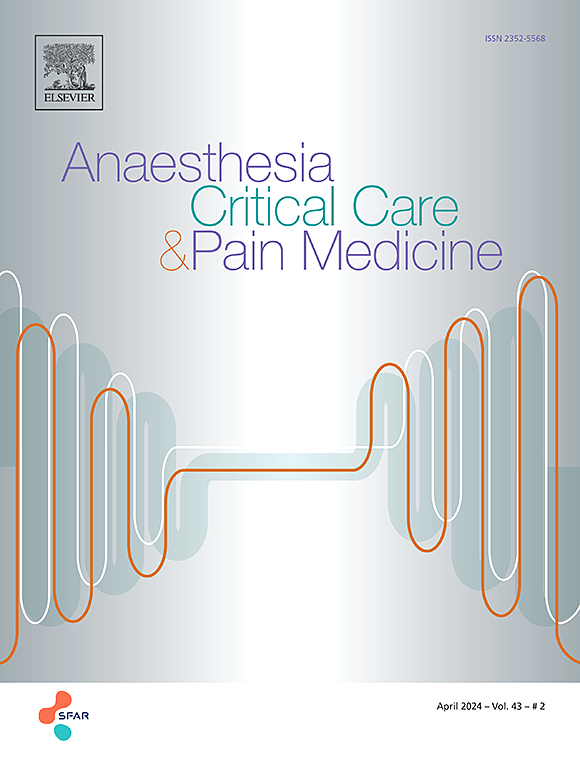Therapeutic novelties in acute heart failure and practical perspectives
IF 3.7
3区 医学
Q1 ANESTHESIOLOGY
引用次数: 0
Abstract
Acute Heart Failure (AHF) is a leading cause of death and represents the most frequent cause of unplanned hospital admission in patients older than 65 years. Since the past decade, several randomized clinical trials have highlighted the importance and pivotal role of certain therapeutics, including decongestion by the combination of loop diuretics, the need for rapid goal-directed medical therapies implementation before discharge, risk stratification, and early follow-up after discharge therapies. Cardiogenic shock, defined as sustained hypotension with tissue hypoperfusion due to low cardiac output and congestion, is the most severe form of AHF and mainly occurs after acute myocardial infarction, which can progress to multiple organ failure. Although its prevalence is relatively low, cardiogenic shock complicates 12% of acute myocardial infarction. After a brief summary of the epidemiology of AHF and cardiogenic shock, followed by key pathophysiological points, we detailed current treatments in AHF and cardiogenic shock what every anaesthesiologist and intensivist needs to know, based on the latest guidelines and randomized clinical trials published in recent years.
求助全文
约1分钟内获得全文
求助全文
来源期刊

Anaesthesia Critical Care & Pain Medicine
ANESTHESIOLOGY-
CiteScore
6.70
自引率
5.50%
发文量
150
审稿时长
18 days
期刊介绍:
Anaesthesia, Critical Care & Pain Medicine (formerly Annales Françaises d''Anesthésie et de Réanimation) publishes in English the highest quality original material, both scientific and clinical, on all aspects of anaesthesia, critical care & pain medicine.
 求助内容:
求助内容: 应助结果提醒方式:
应助结果提醒方式:


